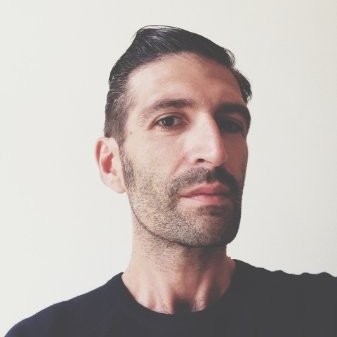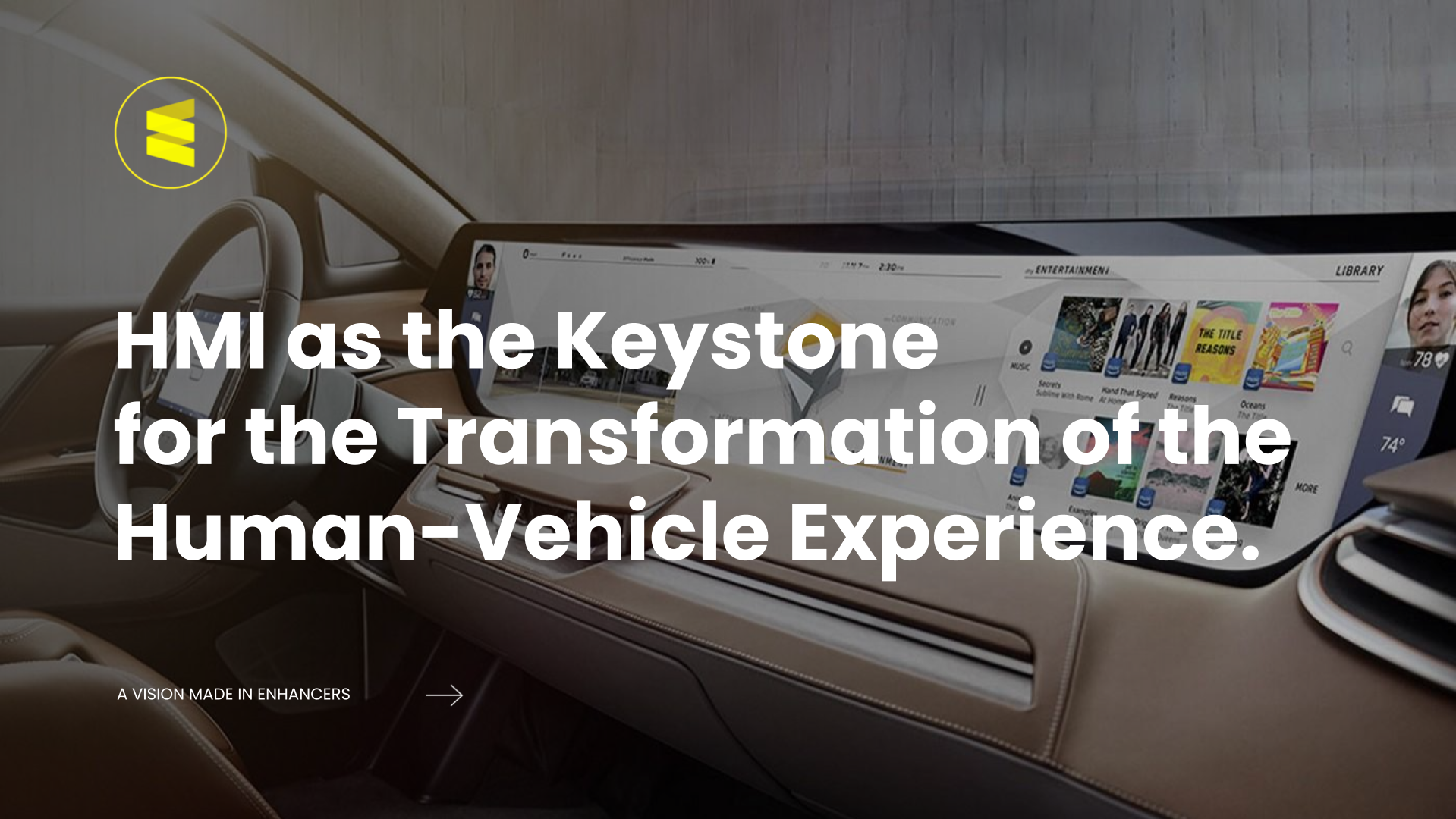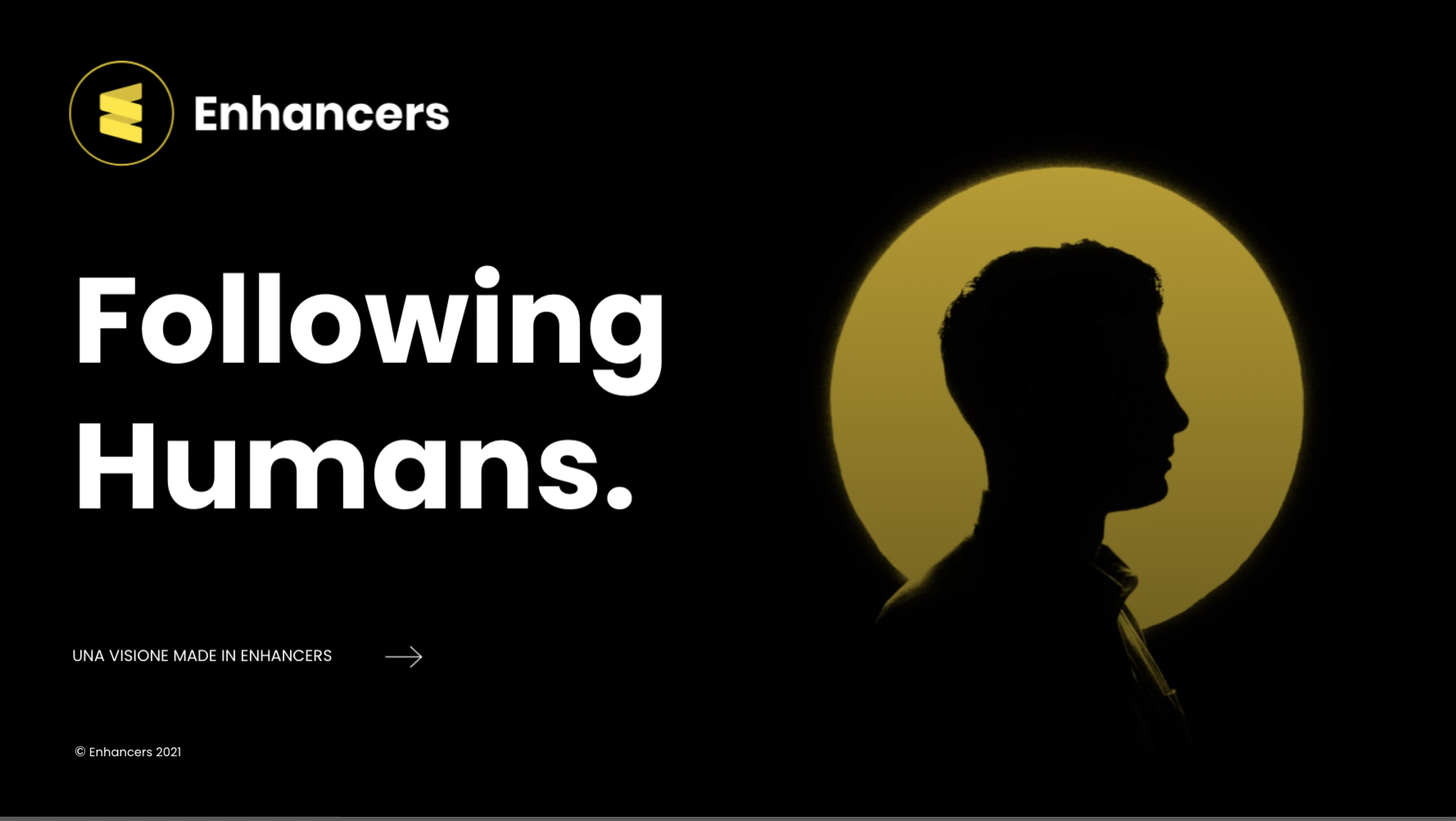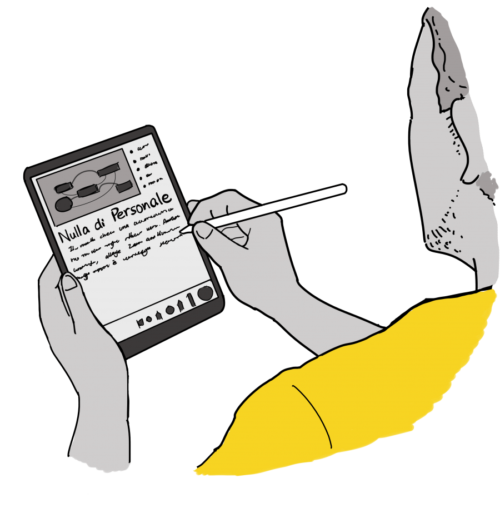Hot trends ? for the energy of tomorrow⚡ (EN)
La Ville Lumière
A few days ago a squad from Enhancers was at EUW in Parigi — the benchmark event for the smart energy ecosystem, which in 2020 will be held in Milan, rebranded as Enlit — to promote the digital product mindset and a human-centered approach to IoT for utilities.
We have discussed innovation, digital transformation, switching and onboarding, prosumers, connected home and, in general, the value of digital product with energy providers, institutions and associations from all over Europe. And we had the opportunity to pick up the cues that point to the future of energy.
We have collected here the most powerful trends from our digital product developers standpoint. Trends that are likely to reshape soon the entire industry and the way we buy, use and generate energy.
1. Utiltech is the new fintech
It’s been a while since the digital and technology-triggered evolution of the utility sector, with new product, service and business models — in a word, “utiltech” — became a hot topic.
But the feeling is that the utiltech trend is quickly reaching maturity, more or less like what happened with fintech in the financial space some years ago. A turning point that requires a radical paradigm shift.
New successful product and service opportunities shouldn’t pop up randomly based on new technologies or individual ideas, but must be strategically defined starting from people’s real needs and expectations, and then tested and validated on the market with a solid implementation plan.
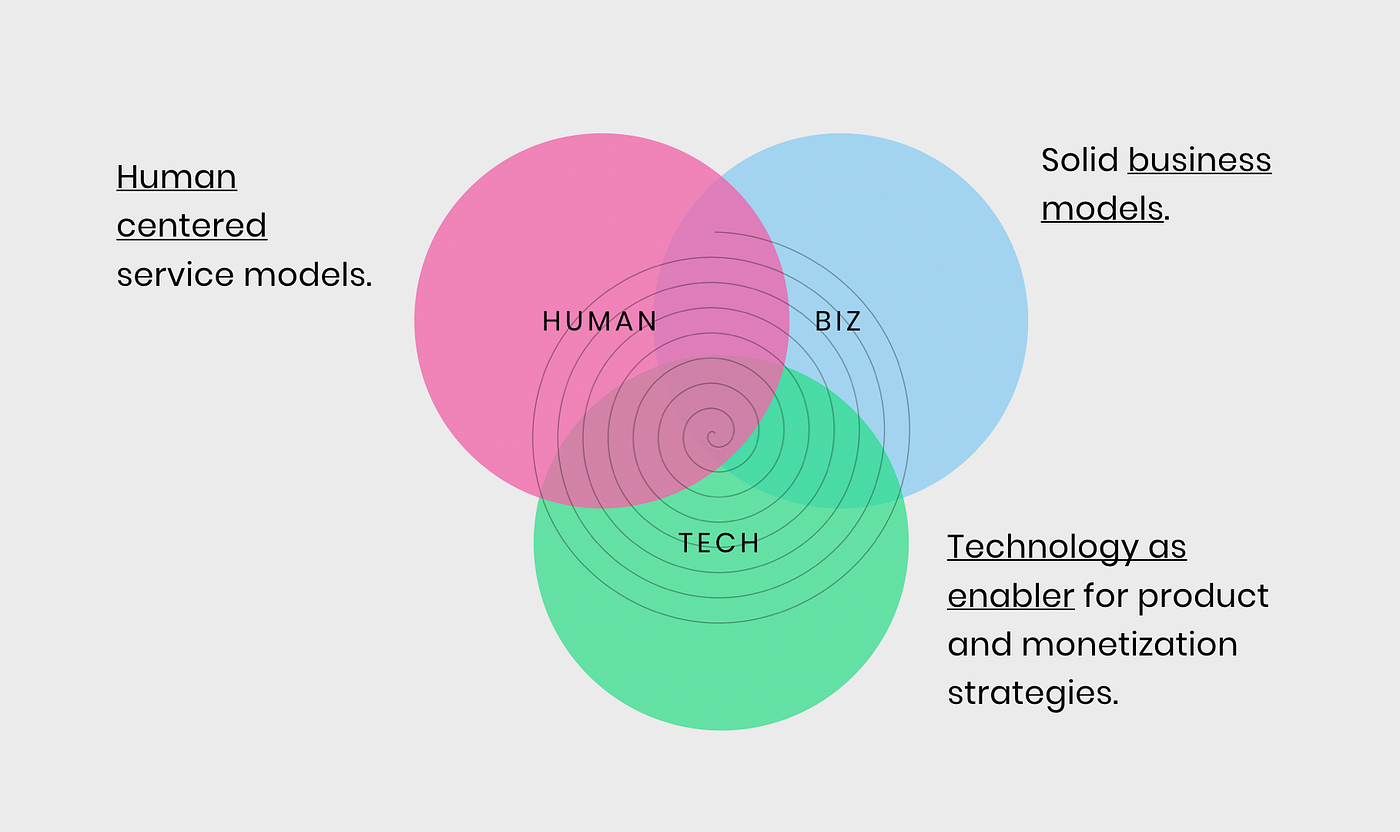
In other words, utiltech needs product development: an effective methodology mixing human-centered design and user experience design with a start up-like, evolutive approach to digital products (Lean UX, Agile development, Growth hacking).
Especially in a context getting more and more open.
2. Open Energy becomes real
According to a recent report by Navigation Research, the smart meters global penetration, at 41,2% in 2019, will reach 60% by 2028, driven by investments on grid systems, data safety and edge computing technology. We’re talking about the biggest “smartization” process ever, considering that energy is the single most widespread technology worldwide, apart from food, water and air.
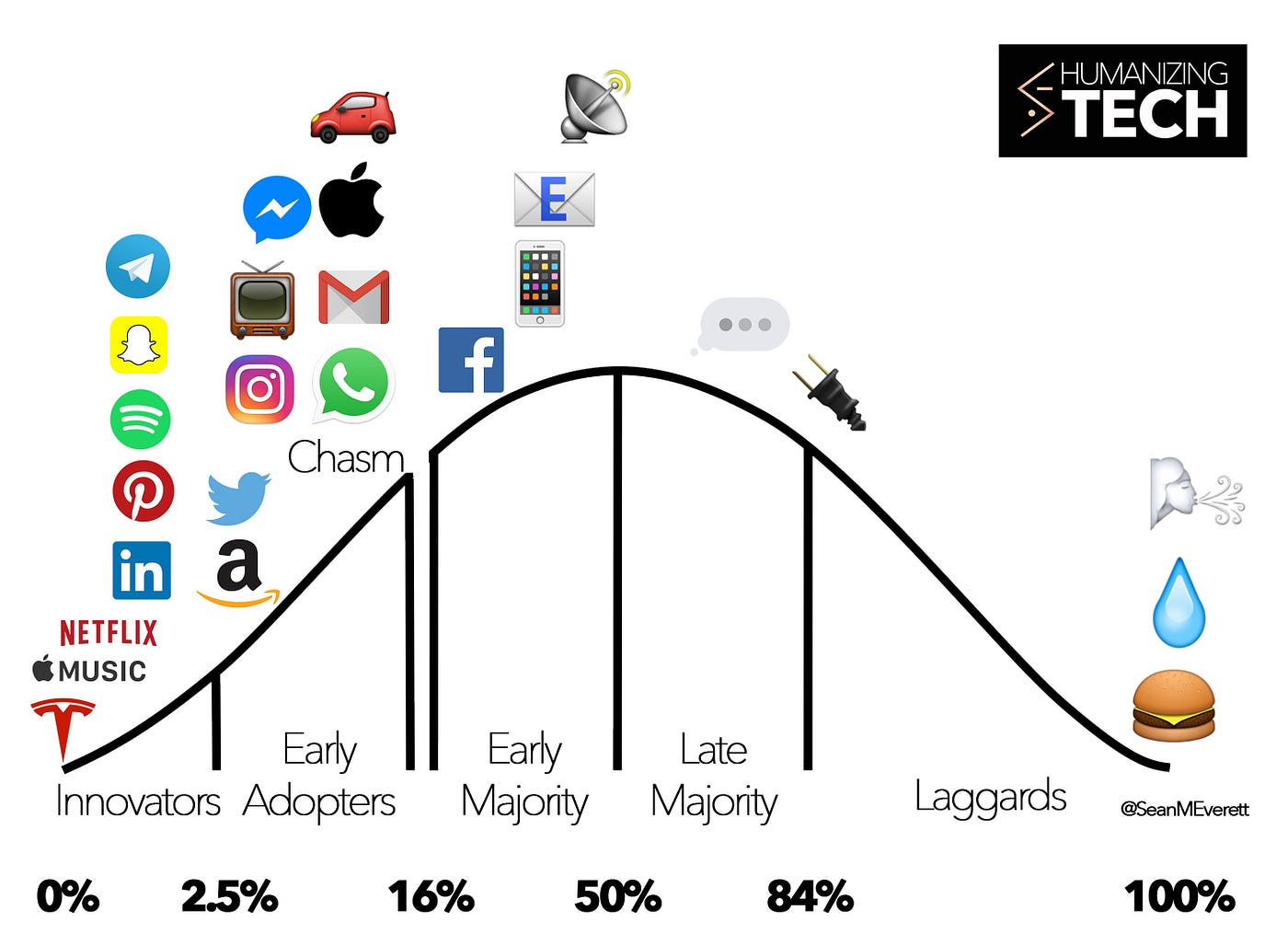
Let’s stick to the fintech comparison: the impact of the growing smart meter availability combined with the policies about systems’ openness promoted by OSGP (Open Smart Grid Protocol) standards could have the same effects on the energy industry that PSD2 directive had on banking. Something that’s been debated a lot in our meetings at the European Utility Week.
The opportunities for aggregators, third-party services and challengers in general, but also for well-established incumbent providers, are endless, and translate into on-demand, flexible and pre-paid services, quantified home and energy efficiency, predictive maintenance, deeper and deeper integration with the connected home ecosystem — just to name a few. And speaking of home…
3. Smart home = smart energy
Among the hot topics discussed in Paris, one of the hottest has been smart home — something we can definitely relate to as IoT partners of Haier Europe for Candy, Hoover, Haier connected appliances.
Reflections on the future of home cannot disregard the energy element in the domestic ecosystem anymore, and not just in terms of consumption optimization. Especially when a direct and natural dialogue between systems, objects, users and providers becomes possible.
From a “smart–smart home” point of view, energy is an enabling element that interacts in a meaningful way with all other entities in the environment. It’s not hard to get a glimpse of future scenarios from this perspective, with energy streams turning into data streams that, enriched with information generated by appliances, pieces of furniture, devices and any kind of sensors, cooperate to enable new liquid services, inspired by people’s real behaviors and actual needs.
First movers in this space are likely to win a crucial competitive edge.

Power up!
All this trends are connected and amplify each other somehow, showing a clear roadmap to evolution.
We have just begun to sketch the map; if you want to join the debate, let’s meet on November 28th at Utility Day in Milan.
Le nostre guides
